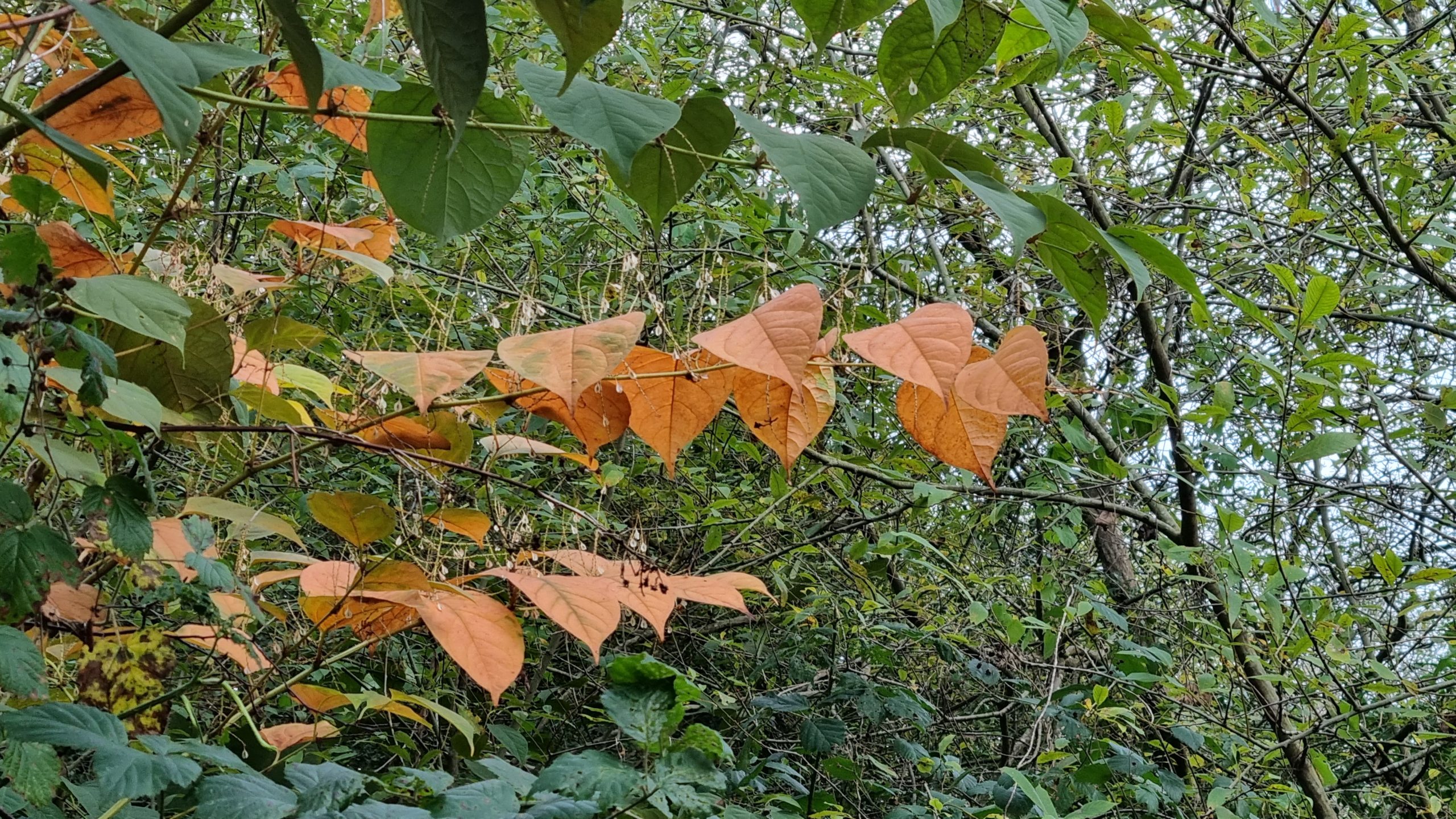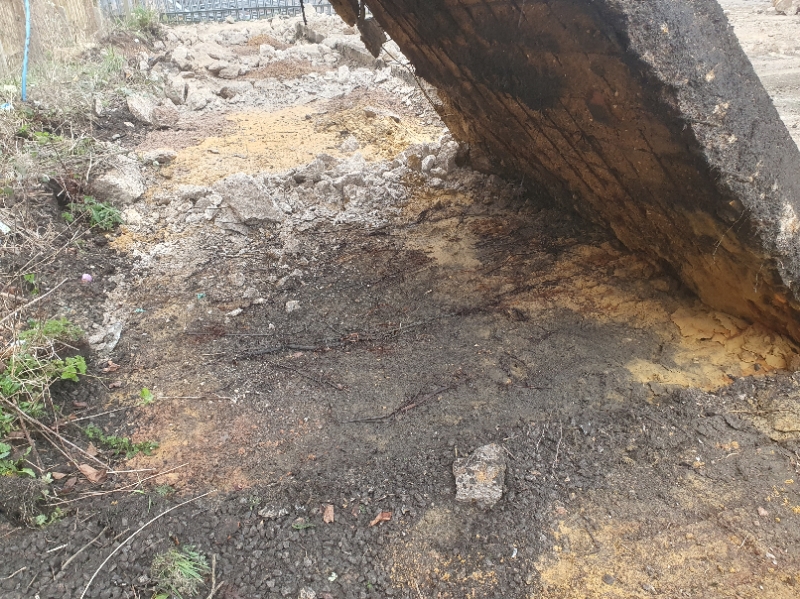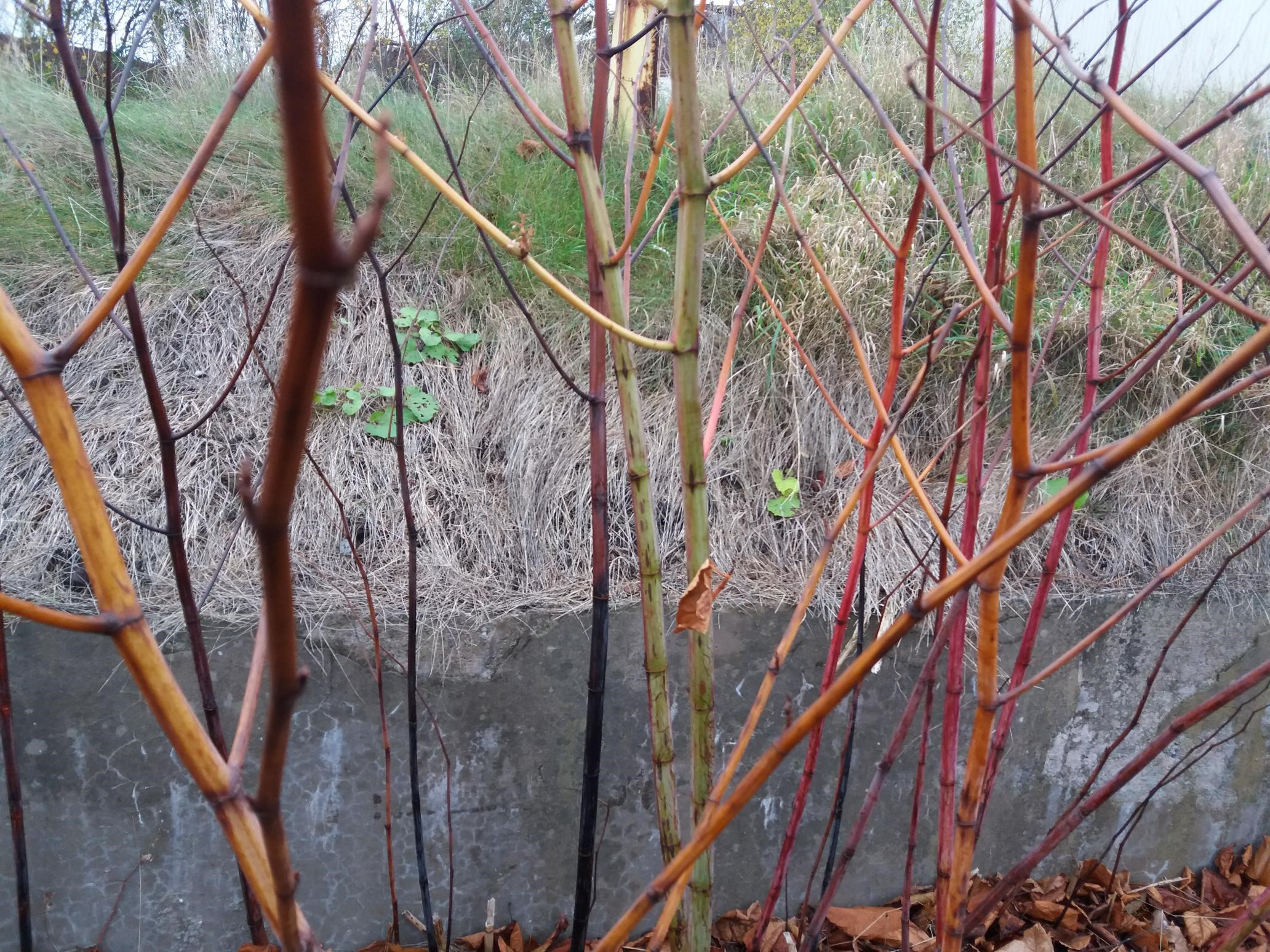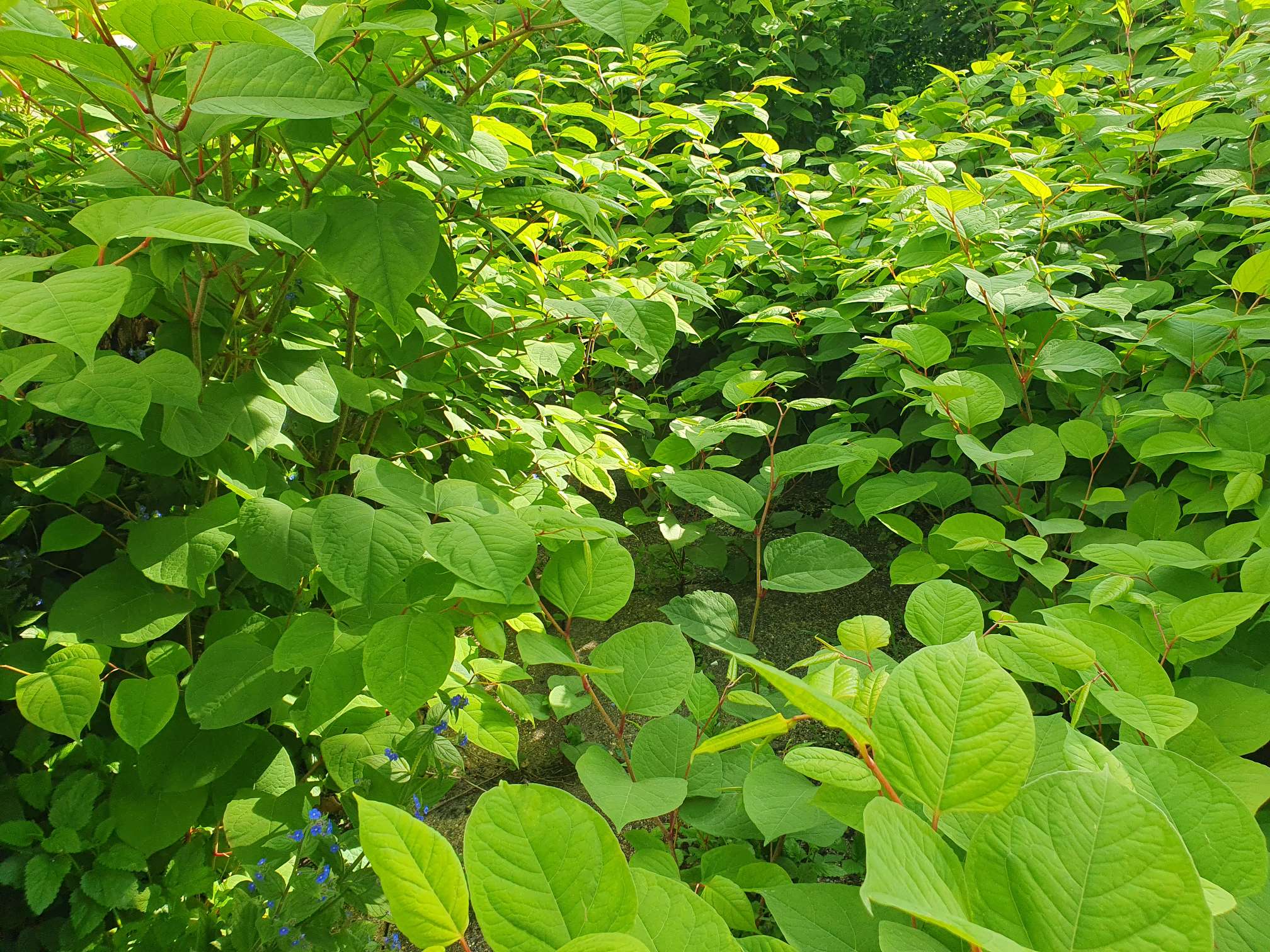Is knotweed on your property?
Autumn is a time to get your garden, land or property tidied up before the winter months set in. Along with shrub clearance, vegetation management and checking on the general health of established plants, you should also be checking for Japanese knotweed.

Whilst prevention is always better than cure when it comes to knotweed finding out if you have it is best carried out before it dies back in late autumn. Whilst the leaves turn a distinctive gold/rust colour, they can be easily mistaken for other shrubs or trees, also turning autumnal shades.
Having a professional knotweed survey carried out in the early autumn months could save you thousands of pounds. During the winter months the above ground knotweed dies back like most plant life, which can make it hard to detect and give the impression that you’re knotweed free. However, this simply isn’t the case as it continues to spread below the surface via its underground root network (rhizomes), as shown in the image below, knotweed roots can even grow underneath concrete slabs. So neglecting it until the following spring could result in a flurry of knotweed shoots that will devalue your land or property substantially.

Acting fast to remove Japanese knotweed is key as the longer it’s left, the more destructive and expensive it becomes. Typically, a householder can expect to pay from £2,000 for knotweed removal but this is far better than leaving it be, as it’s estimated to reduce the value of a home by 15 %.
How to avoid a knotweed surprise
If you miss knotweed whilst it’s in full bloom it will be starting to die back in autumn and be even more difficult to spot. The best action to take is to have a professional knotweed surveyor take a look. They will be able to spot knotweed at any stage of its growth cycle, and knotweed changes a lot throughout the seasons.

If the leaves have fallen, as they do at the end of summer (as seen in the image above), a trained surveyor will still be able to identify knotweed growth from the remaining stems, even when they have turned into brittle canes.
We’re here to help you at this time of the year, so that you can rest assured you won’t have a knotweed surprise come the spring.
Speak to the knotweed experts for advice, or help with identification today:


